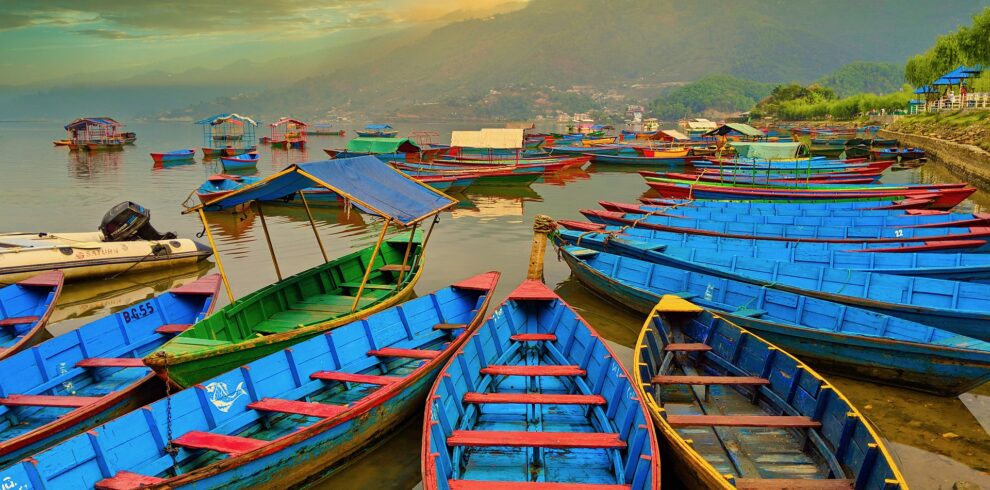- 11
- 5
- 3
- 1
- 1
- 1
- 2
- 1
Travel and Tour WordPress Theme
Travel and Tour WordPress Theme
Talk to an Expert (David)

Quick Questions? Email Us
Pokhara Valley
Pokhara lies on an important old trading route between China and India. In the 17th century, it was part of the Kingdom of Kaski which was one of the Chaubisi Rajya (24 Kingdoms of Nepal) ruled by a branch of the Shah Dynasty. Many of the hills around Pokhara still have medieval ruins from this time. In 1786 Prithvi Narayan Shah added Pokhara into his kingdom. It had by then become an important trading place on the routes from Kathmandu to Jumla and from India to Tibet.
Kaski region
Pokhara was envisioned as a commercial center by the King of Kaski in the mid 18th century A.D. when Newars of Bhaktapur migrated to Pokhara, upon being invited by the king, and settled near main business locations such as Bindhyabasini temple, Nalakomukh and Bhairab Tole. Most of Pokhara, at the time, was largely inhabited by Khas (Brahmin, Chhetri, Thakuri, and Dalits), gurus, and Magars. At present, the Khas, Gurung (Tamu), and Magar form the dominant community of Pokhara. There is also a sizeable Newari population in the city. A small Muslim community is located on the eastern fringes of Pokhara generally called Miya Patan. Batulechaur in the far north of Pokhara is home to the Gandharvas or Gaaineys (the tribe of the musicians).
About Pokhara
Pokhara is in the northwestern corner of the Pokhara Valley, which is a widening of the Seti Gandaki valley that lies in the region (Pahad) of the Himalayas. In this region, the mountains rise very quickly, and within 30 kilometers (19 miles), the elevation rises from 1,000 to 7,500 metres (3,300 to 24,600 feet). As a result of this sharp rise in altitude the area of Pokhara has one of the highest precipitation rates in the country (3,350 mm/year or 131 inches/year in the valley to 5600 mm/year or 222 inches/year in Lumle). Even within the city, there is a noticeable difference in rainfall between the south and the north: The northern part at the foothills of the mountains experiences a proportionally higher amount of precipitation.

